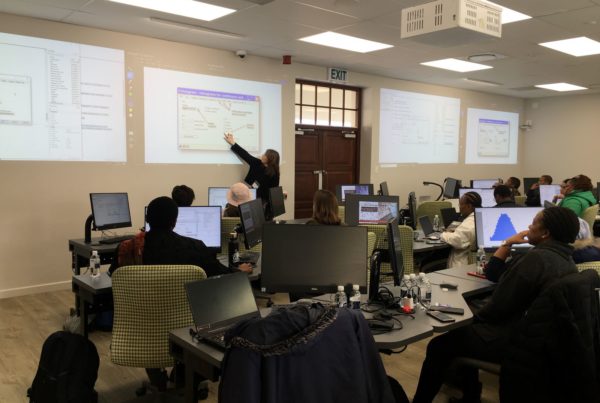A new Youth Capital report, Matrics ‘on the Fringe’: a Review of the Second Chance Programme, has recently been released. The report draws from the findings of a technical report (linked below) compiled by RESEP researcher Martin Gustafsson who, assisted by PhD candidate Lunga Swelindawo, analysed government reports and surveyed online material to produce a qualitative study of second-chance Matric opportunities
The technical report begins with a review of the problems involved and solutions for providing alternative matriculation opportunities. The efficacy of government policy aimed at both reducing youth unemployment and providing second-chance opportunities specifically are also evaluated. Data analysis provides estimates of the number of youths in need of alternative opportunities and the success rates of those who have accessed second-change resources, as well as produces a simple, yet comprehensive, depiction of the current educational participation, certification and employment pathways that youths can expect to follow.
New challenges and opportunities presented by the COVID-19 pandemic are also considered.The report explores the effects of the pandemic for loss of contact learning time and learners’ psychological wellbeing. For second-chance candidates, delays could signal a loss in employment opportunities.
The report also provides a critical overview of the current understanding of second-chance opportunities in South Africa as well as how it is covered in the media. This includes detailing the rules that govern second-chance qualification, a brief overview of the existing available support for these candidates, and a discussion of the challenges inherent in the South African landscape as they relate to this problem.
A key government recommendation highlighted in the report is the need for more efficient registration and certification processes to regulate second-chance programmes. Additionally, improved reporting on second-chance trends could lead to greater public awareness and spark debates that could, in turn, inform more creative solutions to the problem. Overall, the report shines a light on what appears to be a vital, complex and poorly understood problem.
DOWNLOAD PDF






